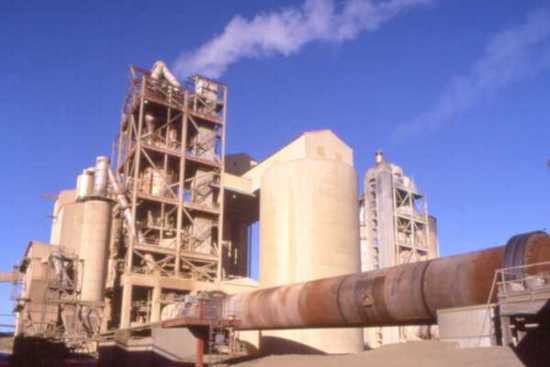August 10, 2010
EPA limits mercury emissions from cement plants
The U.S. Environmental Protection Agency (EPA) is issuing final rules that will protect Americans’ health by cutting emissions of mercury, particle pollution and other harmful pollutants from Portland cement manufacturing, the third-largest source of mercury air emissions in the United States.
The E.P.A. estimates that the new rules will eliminate 92 percent of the mercury and fine-particulate emissions from cement kilns (more than 10 percent of the national total). The rule will also save 960 to 2,500 lives annually starting in 2013, not to mention avert hundreds of cases of bronchitis and 1,500 heart attacks, the agency said.
Mercury in the air eventually deposits into water, where it changes into methylmercury, a highly toxic form that builds up in fish. People are primarily exposed to mercury by eating contaminated fish. Because the developing fetus is the most sensitive to the toxic effects of methylmercury, women of childbearing age and children are regarded as the populations of greatest concern.
Plants emitting mercury can create "hot spots" in their immediate vicinity and send the toxin high into the stratosphere to fall out at distant locations.
Subscribe to:
Post Comments (Atom)

No comments:
Post a Comment